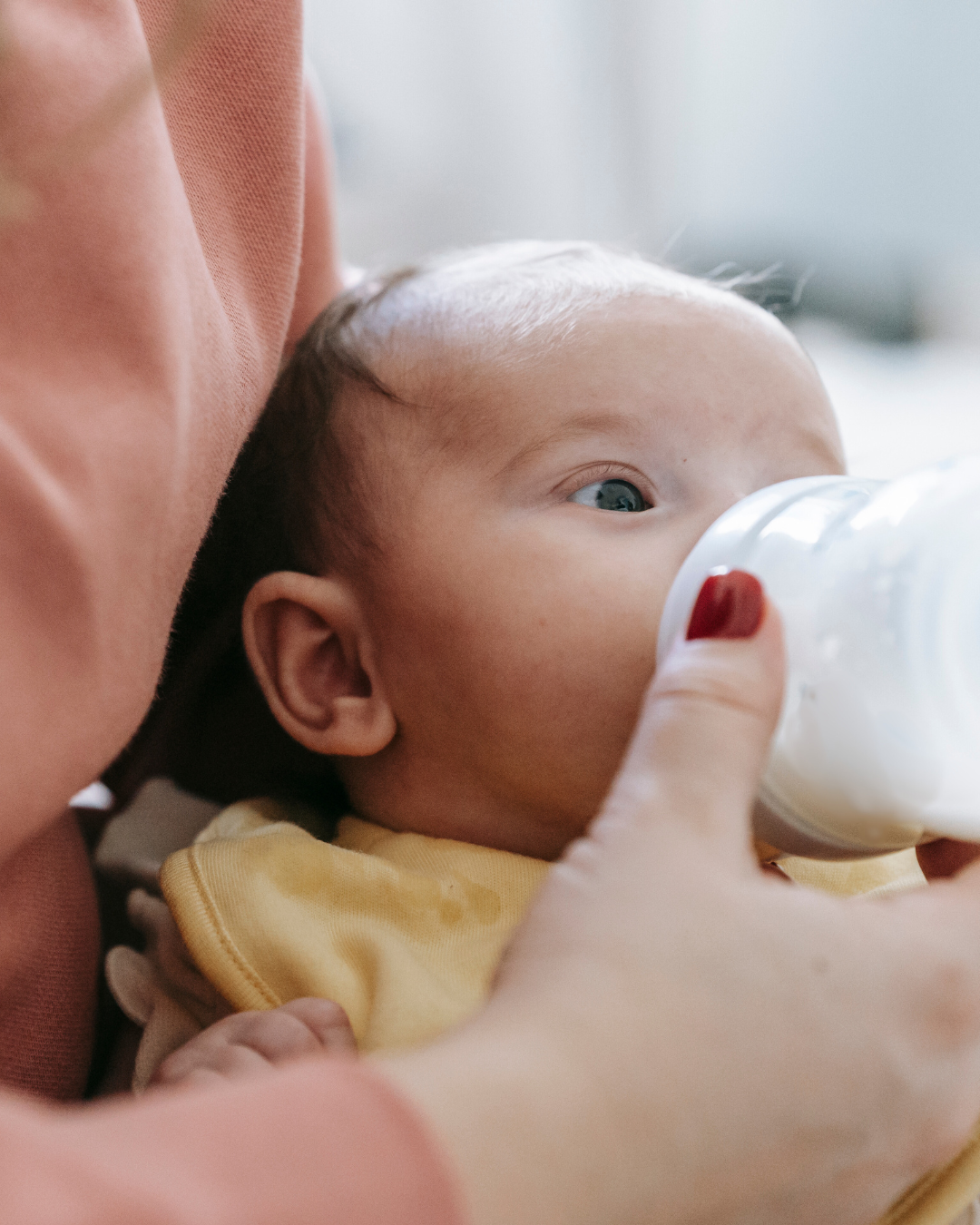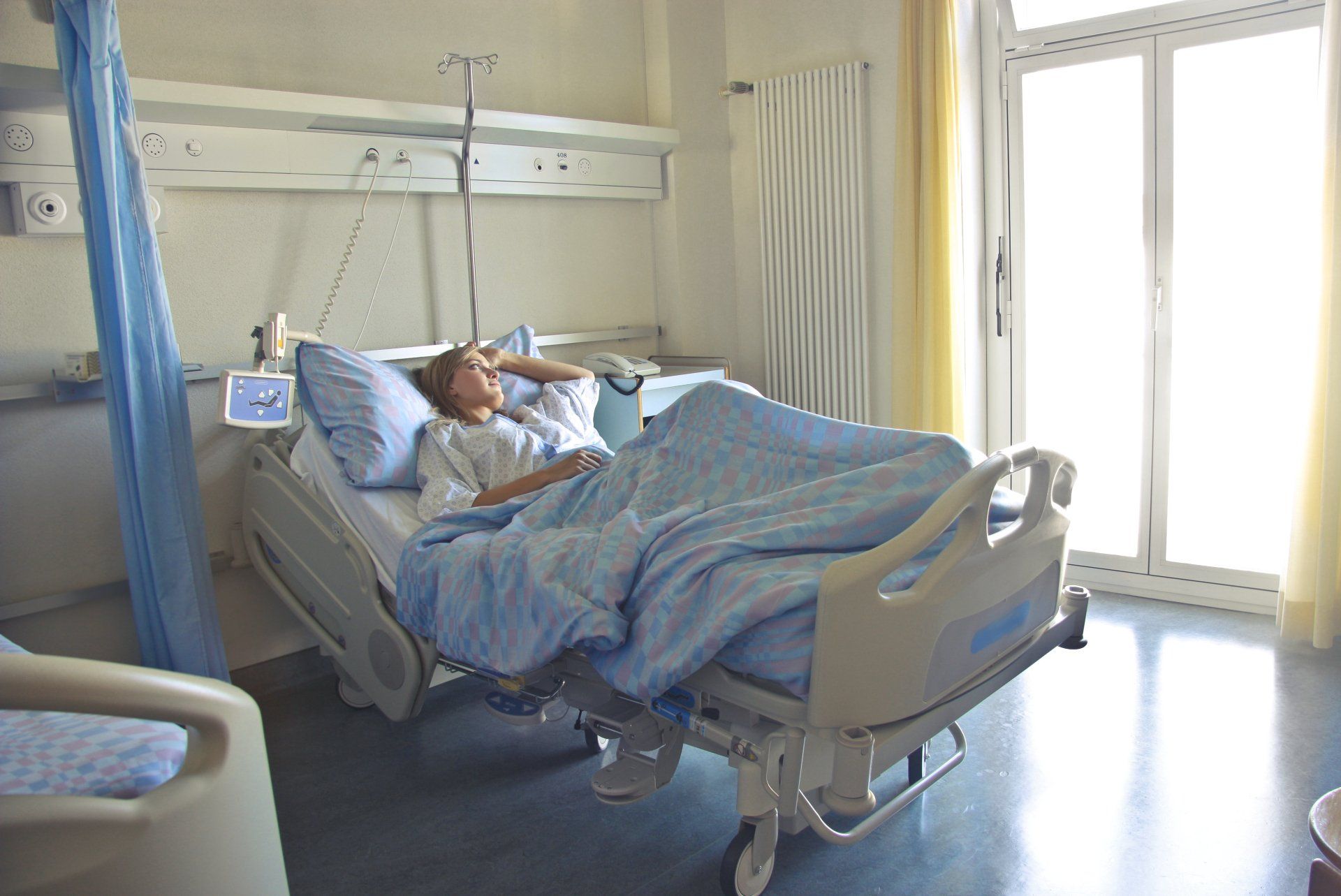This is not an easy subject to discuss, its probably not one that any first-time pregnant person wants to think about. Yet, so many women I meet tell me they are afraid due to stories they have heard from others. Firstly, it’s important to know that people are 10 times more likely to tell a negative story than a positive one. Its just human nature, so you will likely hear more negative birth stories than you do positive ones. For this reason, I suggest that pregnant people seek out positive birth stories, they are a great way to prepare for birth and to get oxytocin flowing during early labour.
What is Birth Trauma
Birth trauma is distress experienced by a birthing person during or after childbirth. While trauma may be physical, it is also often emotional and psychological. Birth trauma is not just about what happened during labour and the birth. It can also refer to how the person is treated in labour and the post-partum period and how she is left feeling afterwards. Birth Trauma affects up to 30% of people who have given birth with approximately 4-6% experiencing Post Traumatic Stress Disorder (PTSD). This means that most people do not experience birth trauma, however the numbers are still very significant and maternity services need to be addressing these numbers and bringing them down.
What can Midwives and Obstetricians do to reduce the risk of Birth Trauma?
- Treat women as the central decision makers
- Provide birthing families with objective information needed to make informed decisions
- Speak to them kindly
- Treat them with respect and dignity
- Do not perform any exams or procedures without explicit informed consent
- Respect informed refusal
- Communicate effectively and ensure understanding
- Answer questions happily and objectively
- Access support for any personal or vicarious trauma
- Provide care with confidence
- Support a woman through any fears or anxiety
- Support the role of the woman’s chosen birth partner
It is often not the mode of birth, rather how women felt they were treated during labour, birth and the post-partum period that is an indicator of whether or not they will go on to describe birth trauma or to experience PTSD.
What can pregnant women do to reduce the risk of Birth Trauma?
- Be educated on the process of childbirth and what to expect in the hospital
- Attend an independent Antenatal Class
- Trust yourself as the primary decision maker in your and your baby’s care
- Learn about informed decision making and practice it prior to labour
- Labour at home for as long as it safe and comfortable to do so
- Keep mobile to help labour along
- Learn about different interventions and how they work. Discuss birth preferences for many variables with your partner and health care provider
- Choose a supportive birth partner. Add a doula if possible
- Seek perinatal mental health support in pregnancy if you are prone to anxiety or depression
- Practice relaxation and calming techniques that you can use in labour
- After the birth if you experienced it as traumatic:
- Talk to a supportive care provider in the hospital about what happened
- Talk to your GP or PHN
- Talk to your loved ones
- Ask for practical and emotional support from friends and family
- Use self-help measures, such as rest, exercise and practicing mindfulness
Treating Birth Trauma
For many women the distressed feelings associated with a traumatic birth will dissipate within six weeks after birth. If after this time (or if the distress is debilitating before this time) the distress is ongoing seeking treatment is advisable.
The main treatments for birth PTSD are specific types of talking therapy:
Birth Trauma Resolution (BTR)
BTR therapy uses a variety of fast and effective tools and techniques. A birth trauma memory, once stored in the emotional memory bank of the brain – may elicit anxiety and a panic response (fight or flight) when anything reminds it of the trauma. BTR is way of removing the strong emotional charge that is attached to the birth trauma memory allowing for successful treatment outcomes, often in as little as 2-3 sessions.
Trauma-focused cognitive behavioural therapy (CBT)
CBT which is specifically designed to treat PTSD.
Eye movement desensitisation and reprocessing (EMDR)
In this treatment a therapist guides the participant to make rhythmic eye movements while recalling the traumatic event. The eye movements are designed to stimulate the information-processing system in the brain and to help process the traumatic events, and speed up re-adjustment and recovery.




